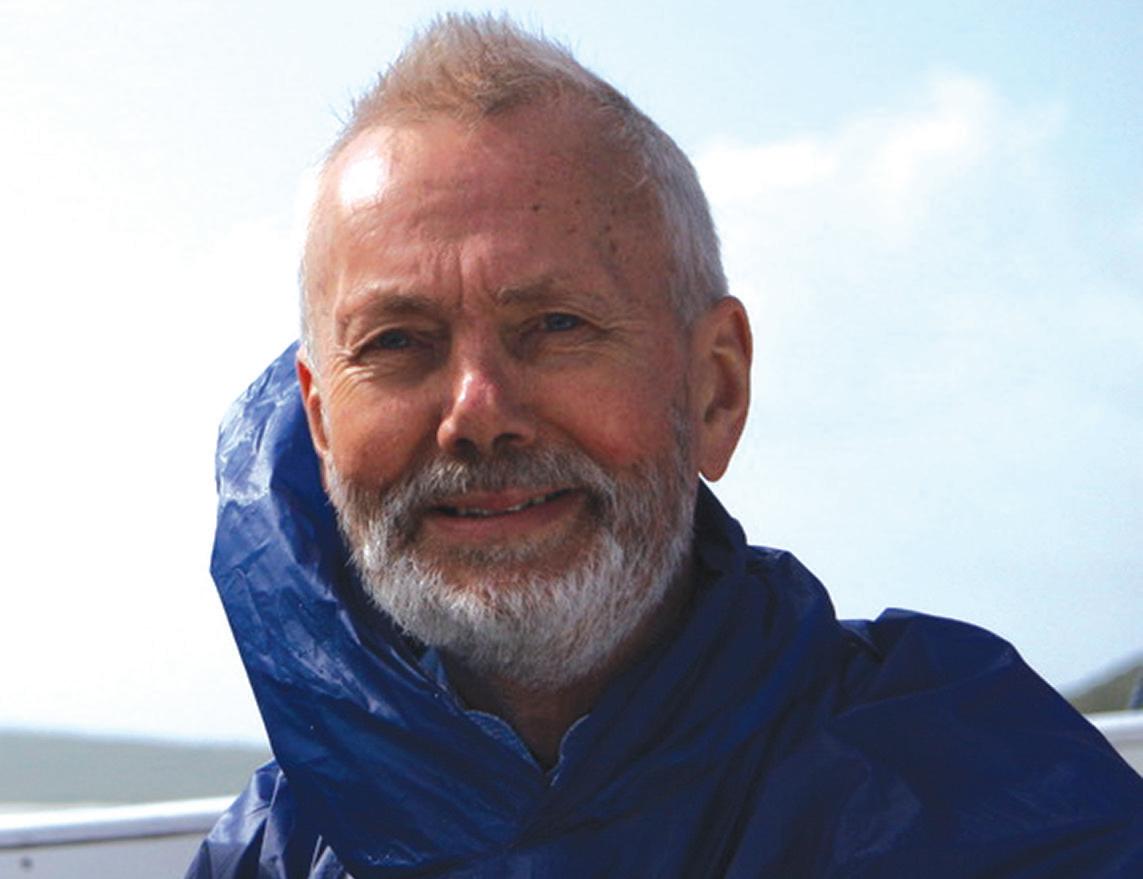50 years and 888 papers
I
n July Steve Ley celebrated a personal milestone: his 888th paper was published online exactly 50 years after the publication of his first research paper in synthetic chemistry. “Isn’t that a wonderful number?” he says, with obvious delight. “888 is about as lucky as it gets.” Steve’s first paper, published on the 20th of July 1970, was based on the research he was doing for his PhD at Loughborough University with supervisor Harry Heaney, now an Emeritus Professor of Organic Chemistry. Science has changed a lot in the intervening 50 years, but some things are still the same. “I’m still an organic chemist, I still love making molecules,” says Steve. “There was always something to discover, and that hasn’t changed one bit.” After completing his PhD, Steve did postdoctoral research at Ohio State University with Professor Leo A. Paquette (who is now best known for achieving the first total synthesis of the Platonic solid dodecahedrane in 1982). Steve returned to the UK in 1974 for further research at Imperial College with Sir Derek Barton, who had recently been awarded the Nobel Prize in Chemistry. Steve went on to become Professor of Organic Chemistry and Head of Department at Imperial, before being lured to Cambridge in 1992 as BP (1702) Professor of Chemistry, a post he held until 2013.
The new normal: Steve skyping with his PA Jacqui Worster from home The other key difference is the speed of communication of research, says Steve, which he hails as a very positive development. “The more you share with people, the more you learn. I learn something new every day – even in lockdown!” One of the things that has brought great joy to Steve over the years has been his students. “My students are my collaborators, and I love every single one of them. It’s one of the most important elements of my career. I’ve had over 250 postdocs and nearly 200 PhD students (keep up the good work Ollie!) – these are the people I work with and they’re the ones who make the difference.”
Although he has officially reached retirement age, Steve continues to conduct research, and runs a small research group here in the Department. One of the things that has changed, he says, is the sophistication of the analytical tools. “Early in my career, we did all our calculations long-hand and drew all the structures ourselves. We did have NMR machines but they were only 60 Mhz compared with 1000 Mhz today. And, we had to blow our own specialised glassware.”
There is a link between his first and latest paper: “I’m a molecule maker, and both papers were about making molecules. My first paper was about changing the chemical architecture of a molecule, and this one is on the generation and coupling of sulfonyl radicals - chemical steps that we were never able to do in the past.”
“Machines today can do thousands of experiments where previously you could typically do and analyse one or two reactions a day – now we stack them up. Because of our advanced analytical tools, we are braver and more ambitious in the studies we set up. We can ask bigger questions.”
Why does he do it? “I still bubble with ideas, I’ve got lots of things I want to do. I haven’t lost any of my enthusiasm for science – I loved my first paper 50 years ago, and I’m just as excited by the paper that came out in July.”
Reference H. Heaney and SV Ley, J Chem Soc D, Chem Commun 1970, 1184 Rearrangement reaction of 1-N, N-dimethylaminobenzobarrelene derivatives Photoredox Generation of Sulfonyl Radicals and Coupling with Electron Deficient Olefins Y. Chen, N. McNamara, O. May, T. Pillaiyar, D. C. Blakemore, and S. V. Ley, Org Lett. 2020 Aug 7;22(15):5746-5748
9
Issue 61
Winter 2020

















